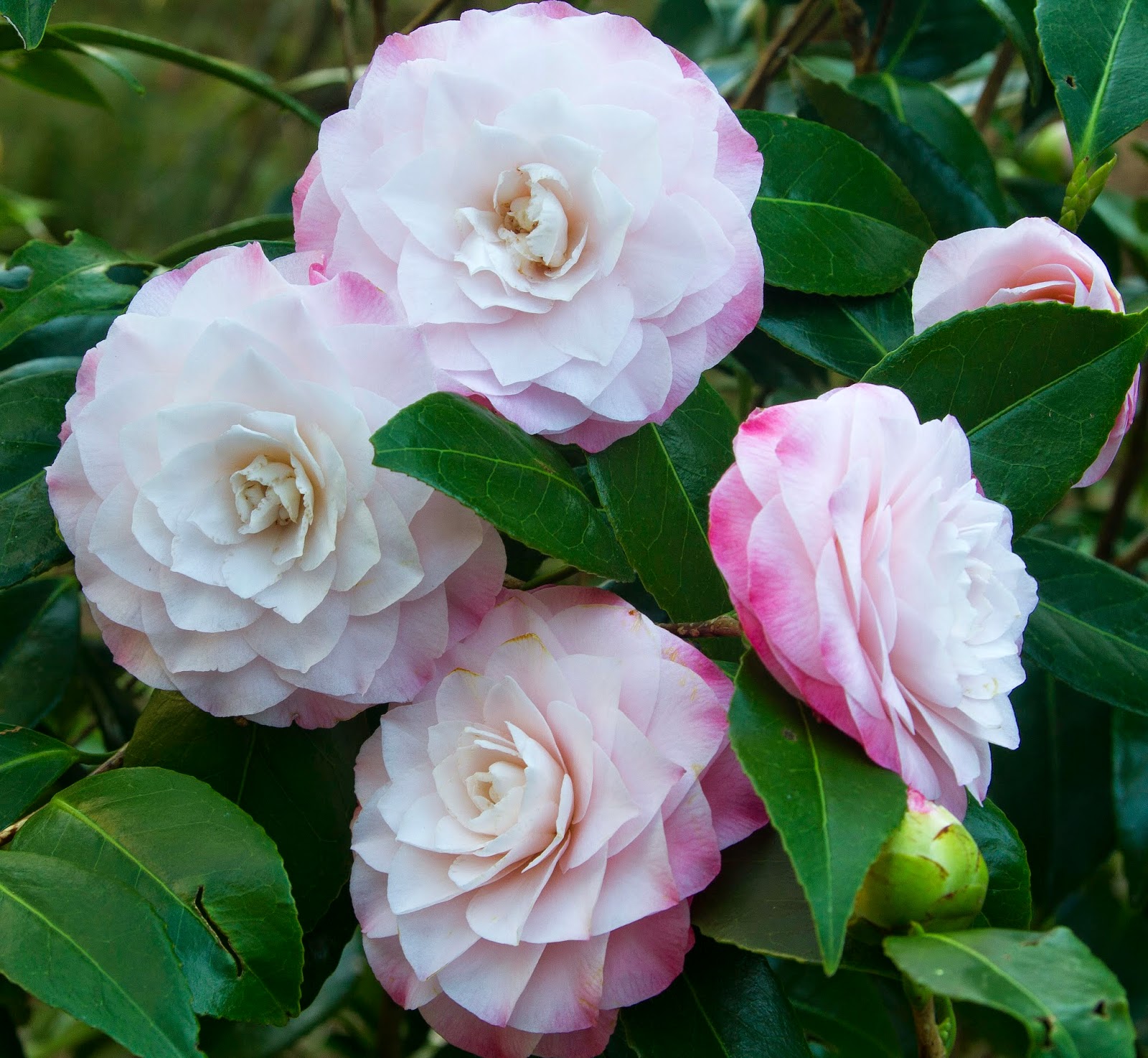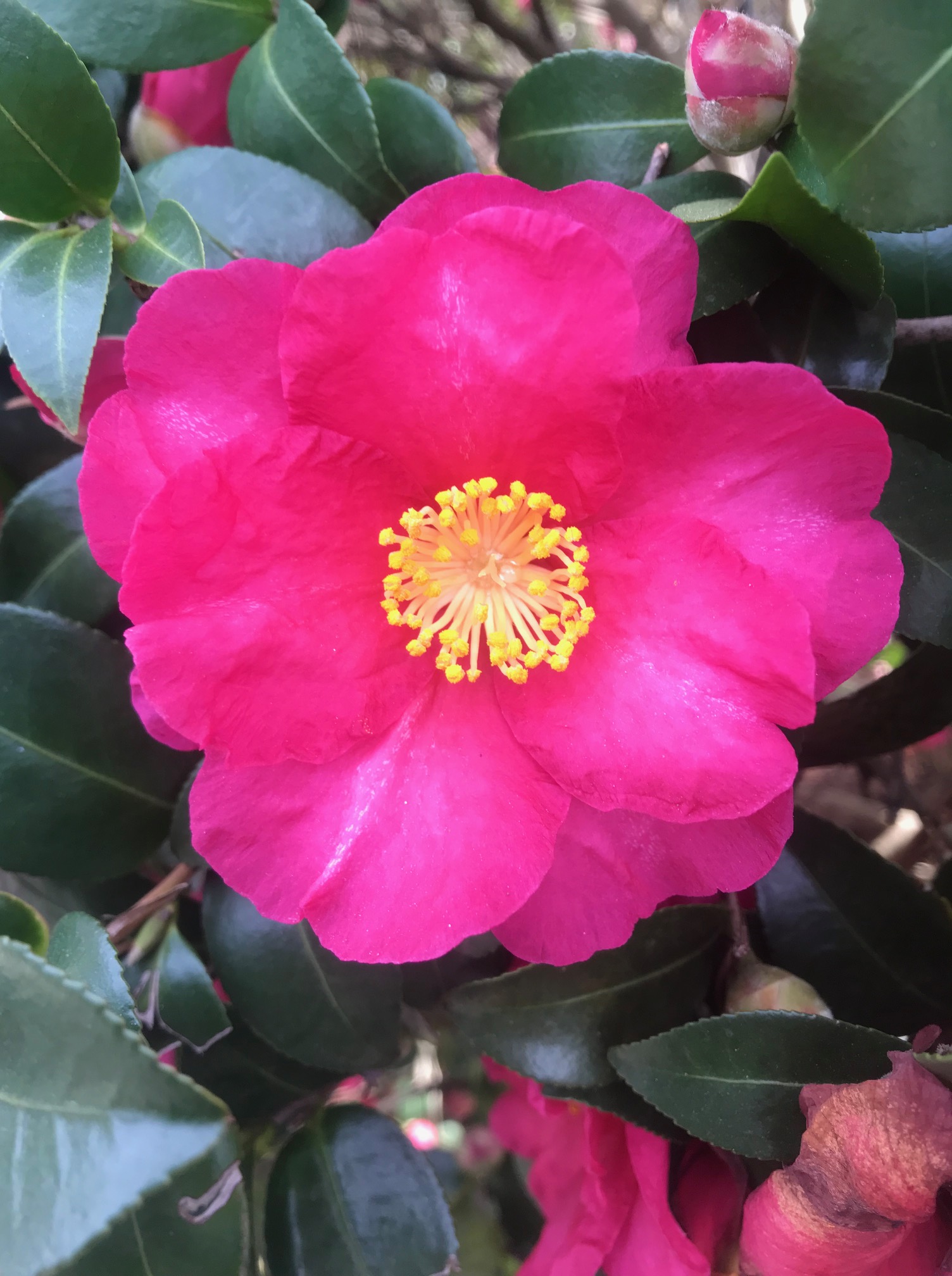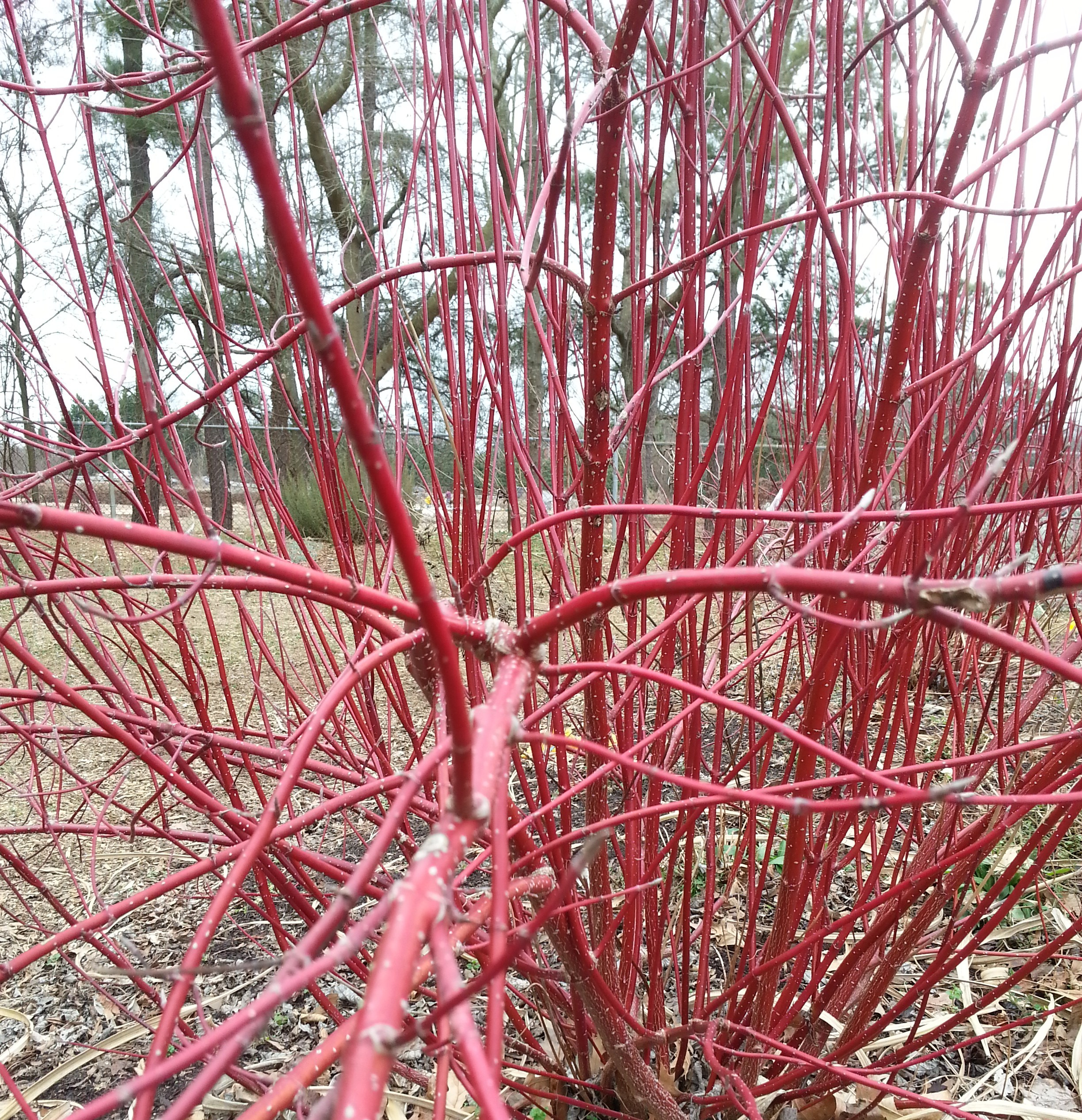Even if you don’t do any gardening or landscaping at all, if you live in the south, you probably know what an azalea looks like. In April, you can drive around any neighborhood to see the brightly colored shrubs completely covered in blooms. Many azaleas originated in Japan, but are now icons of the southern garden, with both heirloom and new varieties available. There are also beautiful native varieties from right here in the Carolinas.
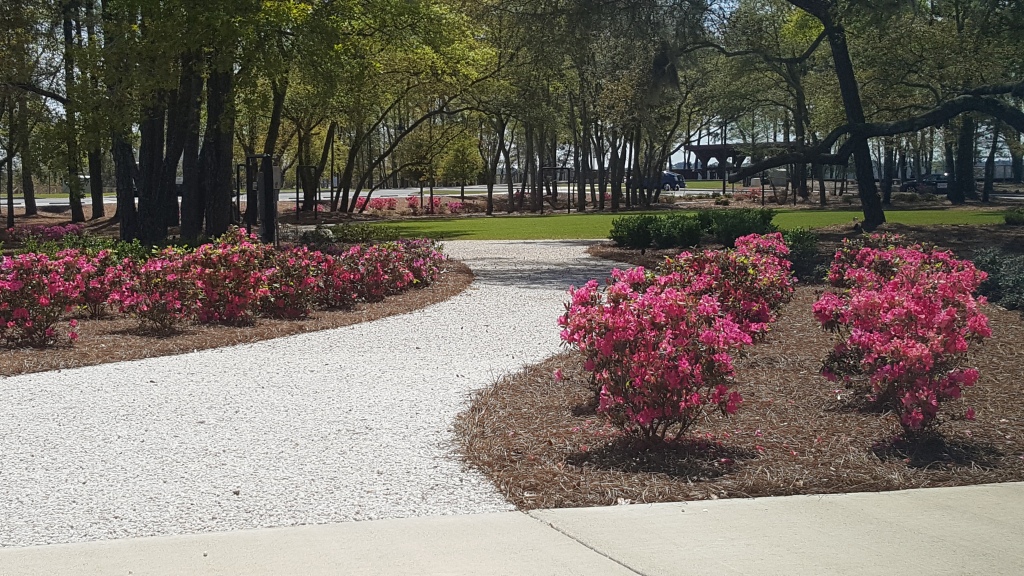
Photo credit: Josh Whitener
The Right Plant for the Right Place
Azaleas are woodland understory shrubs, so they do best in dappled shade, protected from winds and harsh sunlight. Azaleas planted in full sun are highly susceptible to lace bugs, which feed on the sap through the leaves. In a bad infestation, the leaves may turn a silvery white color, and over time the health of the shrubs will decline. Avoid having to use chemicals to protect your plants by planting them in an appropriate location from the beginning.
Azaleas tend to develop root rot easily if the soil is not well-drained, but they are also shallow-rooted, and may require irrigation during dry periods in some landscapes.

When Do I Prune My Azaleas?
The answer is: it depends! Before you prune any tree or shrub, you should always ask yourself what the goal is. If you’re not sure, you probably don’t need to prune! Azaleas have an interesting branching structure which makes them more challenging to prune than many other common shrubs. Essentially, there are two main methods for proper pruning of azaleas–one for general shaping and thinning, and one for rejuvenating old, overgrown shrubs.
- Thinning or “Pocket Pruning”: identify the branch or stem that needs to be removed, whether it is dead, diseased, leggy, broken, or just needs to be removed to improve air circulation within the shrub. Trace the stem back to where it connects to the main trunk or another branch, and prune it close, without leaving a stub. Thinning should be done AFTER blooming in the spring, in order to preserve the next year’s flowers.
- Rejuvenation/Renewal Pruning or “Heading”: This pruning method is more severe, and should only be done if absolutely necessary, as it will alter the natural shape of the shrub. When azaleas become very old and overgrown, sometimes the best thing to do to improve their health is to cut them back to about 6-12″ above the ground and allow them to regrow. This type of pruning is done without regard to the location of the branch unions, so it will look very unattractive until the shrubs begin to grow back. This should be done in the late winter, before the new growth begins, which means that the flowers will be sacrificed for the year.
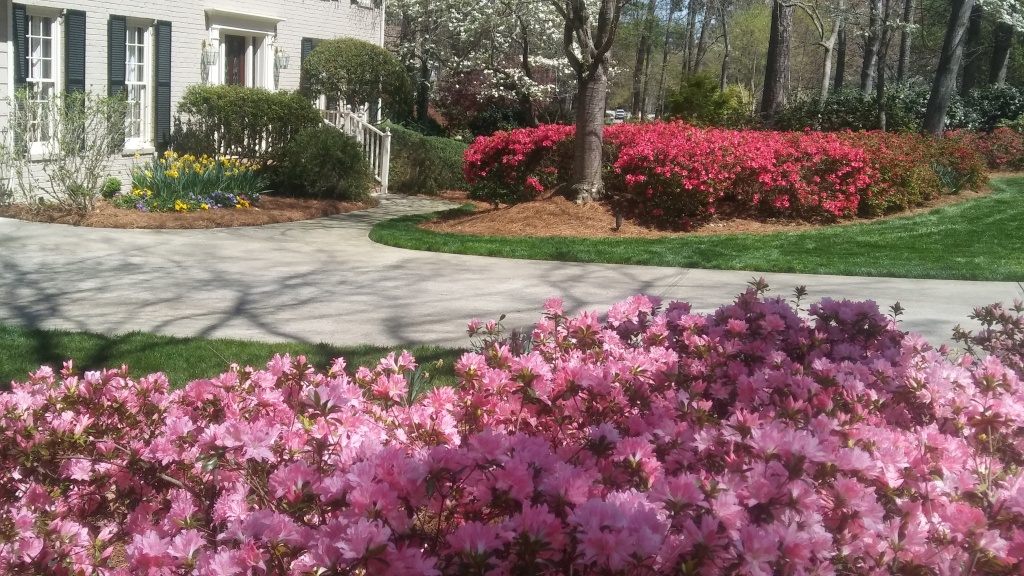
Photo credit: Marco Acevedo
ID Tips
Most everyone knows an azalea when they see one, but here are a few tips for when they are not blooming:
- The leaves are elliptical in shape, ranging from very small to 1 or 2 inches long, and area covered with very fine hairs. On some varieties it may feel like a velvety fuzz, and others it may feel like sandpaper.
- The twigs are covered in fine reddish-gold hairs.
- The branches and twigs grow in “trusses,” which means that one branch will reach a certain point, then suddenly branch out into a cluster of branches radiating from one point. Each of those branches will grow, then branch off into their own clusters.
- There are both evergreen and deciduous varieties of azalea, and some azaleas even bloom twice in one year, once in the spring, and once in the fall.

Photo credit: Tony Stewart


